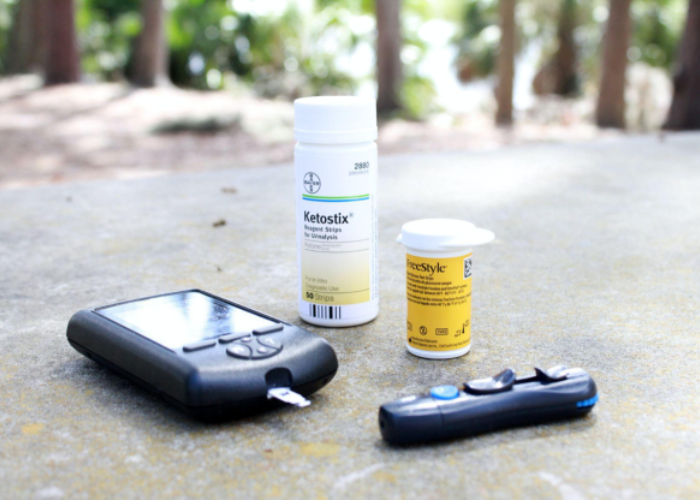Diabetes is a chronic condition that affects millions of people worldwide. It is characterized by high levels of glucose (sugar) in the blood, which can lead to various health complications if not properly managed. Diabetes is classified into different types, with Type 1 and Type 2 being the most common. While both types share the same name, they have distinct characteristics, causes, symptoms, and treatments.
Everything You Need to Know About Type 1 Diabetes
Type 1 diabetes, also known as insulin-dependent diabetes or juvenile diabetes, typically develops during childhood or adolescence, although it can occur at any age. In Type 1 diabetes, the body’s immune system mistakenly attacks and destroys the insulin-producing cells in the pancreas. As a result, the pancreas produces little to no insulin, a hormone that helps regulate blood sugar levels. The exact cause of Type 1 diabetes is still unknown, but it is believed to involve a combination of genetic and environmental factors, such as certain viral infections or autoimmune conditions.
Individuals with Type 1 diabetes often experience symptoms that develop rapidly and can be severe. Common symptoms include frequent urination, excessive thirst, unexplained weight loss, extreme hunger, fatigue, blurred vision, and slow wound healing. If left untreated, Type 1 diabetes can lead to a life-threatening condition called diabetic ketoacidosis (DKA). If you think you may have the symptoms of Type 1 diabetes, contact Myhealth GP in Cranbourne and get the right medical attention.
The primary treatment for Type 1 diabetes involves the administration of insulin to replace the hormone that the body is no longer producing. Insulin can be injected using syringes, insulin pens, or delivered through an insulin pump. Regular monitoring of blood sugar levels is crucial for adjusting insulin doses and maintaining stable glucose levels. In addition, people with Type 1 diabetes are encouraged to adopt a healthy lifestyle, including a balanced diet, regular exercise, and monitoring carbohydrate intake. Continuous glucose monitoring systems and insulin pumps with integrated glucose sensors have become valuable tools in managing Type 1 diabetes.
Everything You Need to Know About Type 2 Diabetes
On the other hand, Type 2 diabetes, also known as non-insulin-dependent diabetes, typically develops later in life, although it is increasingly being diagnosed in younger individuals due to rising obesity rates. In Type 2 diabetes, the body either resists the effects of insulin or does not produce enough insulin to maintain normal blood sugar levels. The exact causes of Type 2 diabetes are multifactorial and include genetic predisposition, sedentary lifestyle, poor diet, obesity, and advancing age.
The symptoms of Type 2 diabetes are often milder and may develop gradually, making them easy to overlook. Common symptoms include increased thirst, frequent urination, unexplained weight loss or gain, fatigue, blurred vision, slow wound healing, and recurrent infections. Type 2 diabetes is often associated with other health conditions such as high blood pressure, high cholesterol levels, and cardiovascular disease.
The initial treatment for Type 2 diabetes usually involves lifestyle modifications, including dietary changes and increased physical activity to achieve weight loss and improve insulin sensitivity. In some cases, oral medications may be prescribed to help the body use insulin more effectively or stimulate the pancreas to produce more insulin. If blood sugar levels remain uncontrolled, insulin therapy may be required. Regular monitoring of blood sugar levels is essential for managing Type 2 diabetes effectively.
Summary
While both Type 1 and Type 2 diabetes share the characteristic of high blood sugar levels, they have distinct differences in terms of onset, causes, symptoms, and treatment. Type 1 diabetes is an autoimmune condition that occurs predominantly in children and requires lifelong insulin therapy. Type 2 diabetes, on the other hand, is typically associated with lifestyle factors and can often be managed initially through lifestyle modifications and oral medications. Understanding the differences between the two types of diabetes is crucial for accurate diagnosis and appropriate management, ultimately leading to improved health outcomes for individuals living with diabetes.




